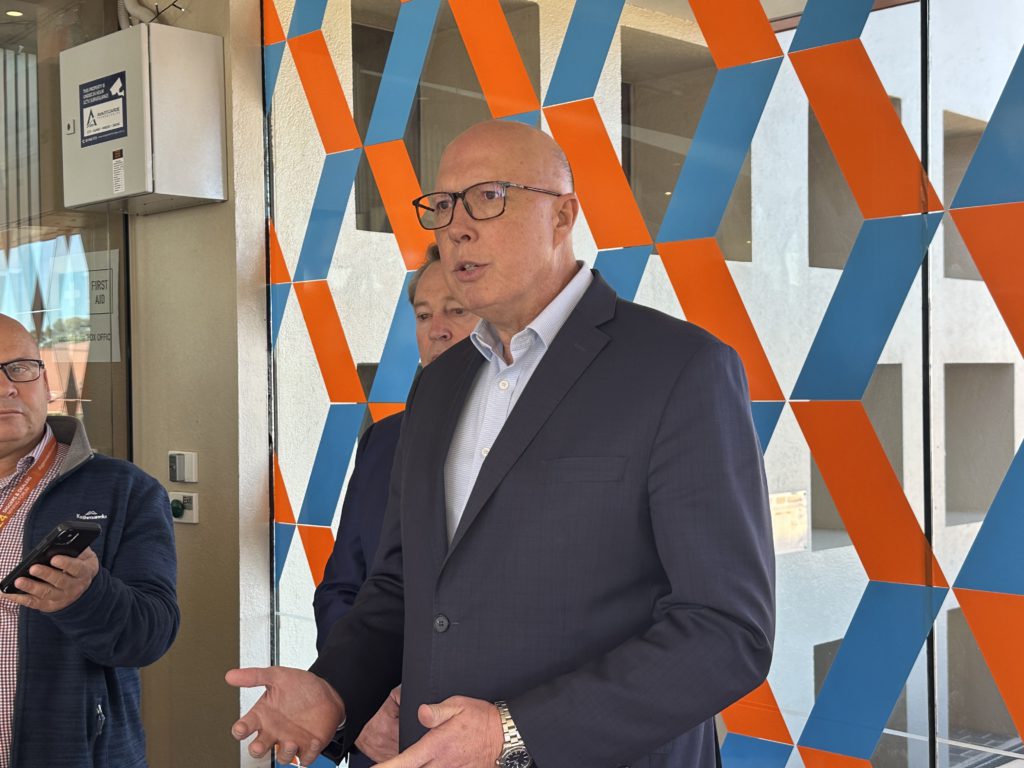Introduction
With the Australian federal election set for May 3, political parties are ramping up their campaigns to address key voter concerns like the cost of living and housing crisis. However, both the Labor Party, led by Prime Minister Anthony Albanese, and the Liberal-National Coalition, led by Peter Dutton, recognize the critical importance of securing support from the country's powerful mining sector, a cornerstone of the national economy.
Campaign Strategies and Mining Focus
Labor launched its campaign in Perth, signaling the importance of Western Australia’s resources sector. Albanese, alongside Resources Minister Madeleine King, visited Rio Tinto in Karratha, though no new mining-specific policies were announced. Instead, Labor emphasized an A$8 billion investment in renewable energy and low-emission technologies. Meanwhile, the Coalition, launching in Sydney, positioned itself as a staunch ally of mining, with Dutton promising to cut regulatory red tape and unveiling a 'Plan for a Strong Resources Industry.' This includes expanding the critical minerals list and a A$3.4 billion investment in mapping Australia’s resources, though critics like Albanese noted this echoed existing budget commitments.
Policy Contrasts and Industry Reactions
Labor’s tenure under Albanese has seen mixed outcomes for mining. The Critical Minerals Production Tax Incentive (CMPTI), offering a 10% tax credit, has been praised as a significant boost for the sector. However, decisions like the rejection of Regis Resources’ McPhillamys gold mine on Aboriginal heritage grounds and the 'Same Job, Same Pay' legislation have drawn ire from industry leaders for increasing costs and delays. The Coalition, while critical of Labor’s environmental stance and potential reliance on the Greens, has faced backlash for its plan to repeal the CMPTI and its refusal to reverse the labor law, raising questions about consistency in supporting miners.
On energy, the Coalition’s A$331 billion nuclear energy proposal has divided opinions. While supported by the Minerals Council of Australia (MCA) and BHP, Fortescue’s Andrew Forrest criticized it as costly and risky compared to renewables. Environmental permitting remains a contentious issue, with miners frustrated by lengthy processes under Labor, though the government insists reforms are aimed at faster, clearer decisions.
Analysis and Critique
While both parties acknowledge the mining sector’s economic weight, their approaches raise concerns. Labor’s environmental policies, including the proposed federal protection agency, risk further alienating miners if not balanced with streamlined approvals. The Coalition’s nuclear push, while bold, lacks clarity on funding and feasibility in a renewables-focused global trend. Moreover, Dutton’s reversal on key incentives like the CMPTI could undermine investor confidence, contradicting the party’s pro-mining rhetoric. Both sides must address how they will reconcile industry needs with broader environmental and social goals to avoid perceptions of short-term political pandering.
